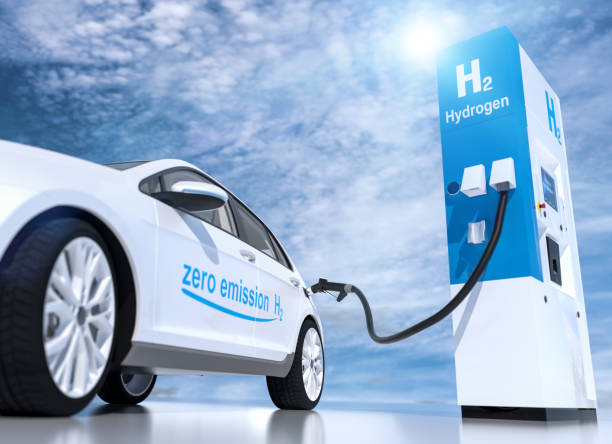Dental Implants: A 2025 Guide to Reliability, Health, and Investment
Dental implants are now recognized as one of the most reliable and effective solutions for replacing missing teeth. In 2025, ongoing innovations in implant technology make it possible to achieve results that blend durability, functionality, and natural aesthetics. This guide explores the main aspects of this important dental investment.

Modern permanent tooth replacement represents one of the most successful treatments in dentistry, with success rates exceeding 95% when properly maintained. These titanium posts, surgically placed into the jawbone, serve as artificial tooth roots that support crowns, bridges, or dentures. The technology has evolved significantly, offering patients more predictable outcomes and enhanced comfort throughout the treatment process.
Why Are These Procedures Considered a Long-Term Investment?
Unlike traditional dentures or bridges that may require replacement every 10-15 years, permanent tooth replacements can last a lifetime with proper care. The titanium material integrates with your jawbone through a process called osseointegration, creating a stable foundation that prevents bone loss typically associated with missing teeth. This biological integration means these replacements function like natural teeth, allowing you to eat, speak, and smile with confidence. The initial investment often proves cost-effective over time, as permanent solutions eliminate the need for ongoing replacements, adjustments, and potential complications associated with removable prosthetics.
Benefits of Choosing Permanent Tooth Replacement
Permanent tooth replacement offers numerous advantages beyond simple restoration. These procedures preserve facial structure by maintaining jawbone density, preventing the sunken appearance that often develops with missing teeth. Unlike bridges, permanent replacements don’t require grinding down adjacent healthy teeth for support, preserving your natural tooth structure. Patients report improved quality of life, with restored ability to enjoy all foods without dietary restrictions. The psychological benefits include increased self-confidence and improved social interactions, as permanent replacements look and feel completely natural.
Technologies and Innovations for 2025
The tooth replacement field continues advancing with cutting-edge technologies improving precision and patient outcomes. Computer-guided surgery uses 3D imaging and surgical guides to ensure optimal placement accuracy. Digital impressions eliminate uncomfortable traditional molds, while same-day procedures allow immediate tooth replacement in suitable cases. Advanced surface treatments promote faster healing and stronger bone integration. Artificial intelligence assists in treatment planning, predicting success rates and identifying optimal positions based on individual anatomy.
Procedure Steps and Recovery Time
The replacement process typically occurs in phases over several months. Initial consultation includes comprehensive examination, X-rays, and treatment planning. The surgical phase involves placing the titanium post into the jawbone under local anesthesia, usually completed in 1-2 hours per replacement. A healing period of 3-6 months allows osseointegration to occur. During this time, a temporary restoration may be placed for aesthetics. The final phase involves attaching the permanent crown, bridge, or denture to the integrated post. Most patients experience minimal discomfort and return to normal activities within a few days, though complete healing takes several months.
Estimated Costs for Permanent Tooth Replacement in 2025
Costs for permanent tooth replacement vary significantly based on location, complexity, and provider experience. Understanding pricing structures helps patients budget appropriately for this investment. The total cost typically includes the titanium post, abutment, and crown, along with any necessary preparatory procedures.
| Provider Type | Single Replacement Cost | Full Mouth Restoration | Additional Services |
|---|---|---|---|
| General Dentist | $3,000 - $5,000 | $40,000 - $80,000 | Bone grafting, extractions |
| Oral Surgeon | $3,500 - $6,000 | $50,000 - $100,000 | Complex surgical procedures |
| Periodontist | $4,000 - $6,500 | $60,000 - $120,000 | Gum disease treatment |
| Dental Schools | $2,000 - $4,000 | $30,000 - $60,000 | Student supervision required |
Prices, rates, or cost estimates mentioned in this article are based on the latest available information but may change over time. Independent research is advised before making financial decisions.
Insurance coverage for permanent tooth replacement has improved, with many plans covering portions of the procedure. Dental financing options and payment plans make treatment more accessible to patients. When evaluating costs, consider the long-term value compared to alternatives requiring ongoing maintenance and replacement.
Permanent tooth replacement continues establishing itself as the gold standard for restoration, combining durability, functionality, and aesthetics in a single solution. The advancing technology and improved techniques make 2025 an excellent time to consider this investment in your oral health and overall well-being.
This article is for informational purposes only and should not be considered medical advice. Please consult a qualified healthcare professional for personalized guidance and treatment.



